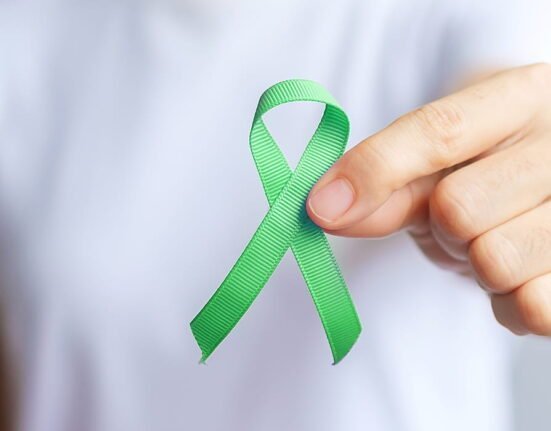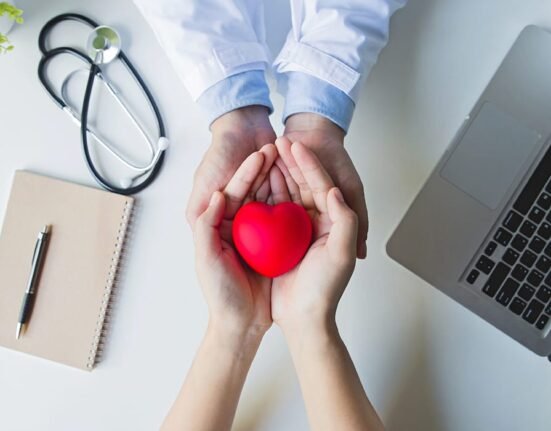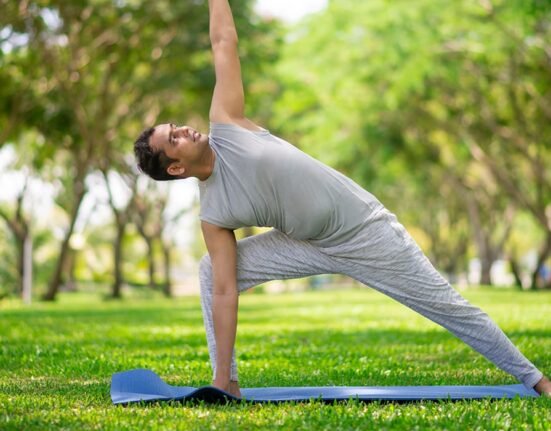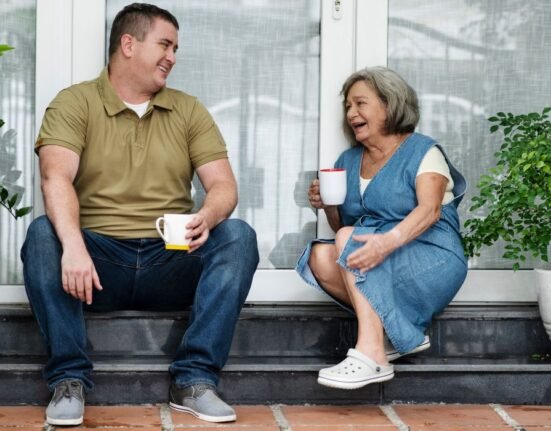Vein problems are usually ignored until they start to affect with your daily routine. A lot of people think of leg pain or visible veins to be normal consequences of aging or prolonged periods of sitting. However, the root of the problem tend to get worse over time and cause complications if they are not addressed early.
A vein specialist concentrates on diagnosing and treating conditions related to veins that include varicose veins spider veins chronic venous insufficiency and many more. Being aware of the symptoms that need medical attention can help avoid more serious health issues and improve the quality of your living. Here are five warning signs that you shouldn’t ignore.
1. Persistent Leg Pain or Heaviness
The most commonly but often ignored signs of vein conditions is persistent discomfort or a severe feeling in your legs. This discomfort is often more severe when you sit for long periods of time or sitting, and can be relieved by elevating the leg or movements. While it may appear as general fatigue persistent pain or heavyness may be a sign of poor circulation caused by weak or damaged valves within your veins.
This is a common symptom for those suffering from varicose veins that cause blood to pool instead of returning into the heart. As time passes, this accumulation causes pressure to increase in the veins, leading to inflammation and pain. A vein specialist will evaluate the symptoms you are experiencing and conduct an ultrasound duplex to evaluate the flow of blood and the structure of your veins. Finding the issue early could aid in avoiding issues such as skin lesions and blood clots.
2. Swelling in the Legs or Ankles
The swelling in the lower leg or ankles, especially towards the closing of the day may indicate an insufficiency of the venous system. When the valves of the veins fail to function properly they collect blood within the extremities of lower extremities which leads to swelling and fluid accumulation. This isn’t just an aesthetic issue, it’s usually an indication the veins in your body are experiencing serious strain.
In contrast to the occasional swelling that results from injuries or prolonged travel, the swelling that is chronic due to vein issues usually increases over time and is not responsive well to remedies at home. If not treated, it may cause skin discoloration, tissue damage or even ulcers in the veins. A appointment with a vein specialist is crucial for a precise diagnosis as well as to begin treatment that decreases swelling and improves circulation.
3. Skin Changes or Discoloration
If you notice that your skin is changing color, particularly around your calves or ankles It could be the right time to consult a physician. The skin’s darkening dryness, inflammation, or the formation of a smooth texture could be indicators of chronic vein insufficiency. These changes happen because waste products and blood aren’t being eliminated effectively, which causes stress and injury to tissues surrounding them.
The condition can also trigger burning or itching that can cause open sores and scratching. In more severe situations, untreated diseases can lead to venous stasis and dermatitis, a painful condition of the skin that is extremely difficult to correct. A vein specialist can not only determine the root cause of the skin changes, but also suggest ways to avoid further degrading and restore the skin’s health.
4. Visible or Bulging Veins
Prominent, bent or bulging veins aren’t only a cosmetic issue. They can indicate issues in blood flow, particularly those that are accompanied by aching and itching or burning sensation. Although spider veins are less prominent and usually benign, varicose veins indicate deeper problems in the bigger veins in the legs.
If untreated If left untreated, varicose veins could result in more serious complications such as blood clots (superficial thrombophlebitis, or deep vein thrombosis) bleeding, skin ulcers. A vein specialist will determine whether the veins visible to you require treatment or surveillance and suggest options like compression treatment, minimally invasive procedures, or lifestyle changes to ease symptoms.
5. Slow-Healing Wounds or Ulcers on the Legs
One of the most advanced indications for vein disease are slow healing ulcers or wounds, specifically in the area of ankles. They are also known as venous ulcers. They’re evident that the veins aren’t sending blood into the heart. The skin around it may be rough, hard or discolored prior to when the ulcer develops. In time the pressure constant and accumulation of fluids within the region break down skin tissue, resulting in open sores.
These ulcers aren’t only painful, but they are also susceptible to infections. If not treated properly they may develop into chronic conditions that significantly impact mobility and everyday ease. The home remedies and over-the-counter treatments generally are not sufficient.
An expert in veins will determine the extent of the damage, typically employing imaging tools such as duplex ultrasound. Then, they will design a an appropriate treatment plan. It could include compression therapy, wound care as well as procedures to regain normal circulation.
Why Early Treatment Matters
The inability to recognize the symptoms of vein disease could cause long-term health issues. The initial signs of minor leg pain or visible veins could turn into more serious issues such as blood clots, wounds to the skin, or ulceration. The earlier intervention is the best option for lower-risk treatments and a more favorable overall. Vein specialists have sophisticated tools and methods to identify the root of the problem and suggest specific treatments. They include:
- Sclerotherapy to treat spider veins
- Laser therapy for endovenous veins (EVLT) as well as radiofrequency ablation (RFA) to treat varicose veins.
- Foam sclerotherapy to treat larger or more deep veins
- Phlebectomy to cut bulging veins
- Compression therapy is an uninvasive initial step or after-procedure treatment
If you see a doctor early it is not just a matter of addressing the current issues but also stop the development of vein-related disease.
What to Expect at a Vein Specialist Visit
If you’re suffering from any of the symptoms described in the previous paragraphs, seeing an expert in veins can offer clarity and comfort. During the consultation your doctor:
- Examine your medical history and symptoms
- Perform a physical examination of your legs and the affected areas
- Perform a diagnostic ultrasound assess blood flow and structure
- Review the results and discuss your options for treatment based on nature of the issue and your personal preferences.
The majority of procedures today are minimally invasive and performed as outpatients with minimal or no downtime. Treatment early can lead to quicker recuperation, less discomfort and improved overall health of the vascular system.
If you’re near Texas, Texas Vein Experts provides specialized treatment and innovative solutions to deal with and treat vein issues efficiently.
Taking the First Step Toward Better Vein Health
Many suffer from pain or swelling or visible veins for many years before seeking treatment, thinking that the signs are not serious or an indication of age-related changes. However, the sooner you recognize it and seek treatment, the more options are available and the better your chance of avoiding any complications.
Whatever your concerns are medical or cosmetic an expert in veins can help you take the appropriate steps towards better circulation and overall health. From non-invasive treatments to lifestyle suggestions and lifestyle recommendations, the aim is to ease symptoms, restore function and make you feel more comfortable and confident.
If you spot any of these symptoms do not delay. Schedule appointments with a certified vein specialist and take charge of your health prior to the condition becomes worse. The early treatment can not only improve your health, but also helps protect your body from long-term health issues that could be prevented.













Leave feedback about this